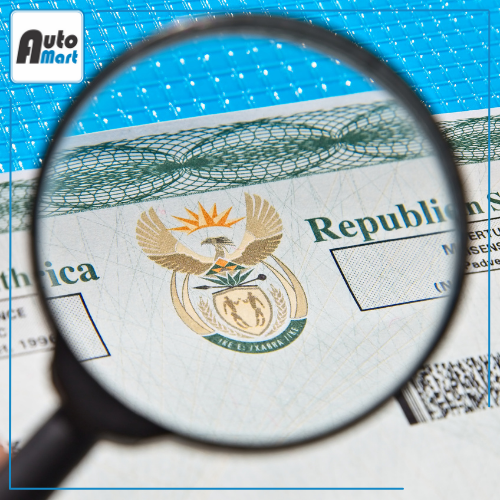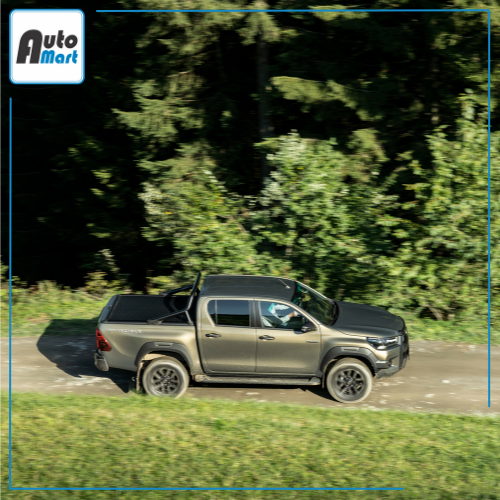Many people make use of the Auto Mart, Junk Mail or other classifieds websites for buying or selling a second-hand car. A lot of you reading the Auto Mart blog might be first-time or inexperienced second-hand car buyers. The Auto Mart team feels that it’s necessary to educate our users on what to look out for when they buy a second-hand car. If you follow these tips will help you to avoid persons that are trying to rip you off.
![]()
Photo by Obi - @pixel6propix on Unsplash
Tips For Buying Pre-owned Car
- Remember that the depreciation of used cars is much less than new cars and for this reason its a more cost effective purchase.
- Get your finance in order before choosing a car. This saves time as you know exactly which vehicle you should be able to afford.
- Be aware of the current “going rate” of the vehicle you are looking for before thinking of purchasing it.
- Also note that small and medium sedan cars/hatchbacks are easier to maintain and repair than convertibles or luxury cars.
- Check if the engine and chassis numbers correspond with the registration documents and that it has not been tampered with or changed. Always ask for the car's paperwork and service record.
- Never buy a vehicle without test driving it yourself. If possible take it on a drive that covers a mixture of conditions like fast highway / open road driving, a slow drive through the suburbs / quiet neighbourhood and a drive on a twisting road. Also, don’t forget to check reverse and if the car tends to overheat.
- Rust is probably the most damaging thing when it comes to cars older than 5 years. Look for corrosion or rust on the car. Note that sometimes a rust blemish on the paintwork could indicate more serious corrosion underneath the car. Press the panel gently with your thumb. If there is a cracking noise it indicates advanced corrosion. Check the floorplan of the car for corrosion as well.
- Walk around the car, and look along the doors and wings from each of the four corners. Crash repairs will show up if they have not been well done. There will be ripples or a change in the texture of the car’s paint if there is a lot of body filler underneath. Take a small magnet with you – the magnet will be attracted to metal but not to plastic body filler. Look also for variations in the paint colour.
- Please note that a car that has been in a collision can be dangerous (especially if its suspension and /or steering has been damaged). When test driving the car the steering should be consistent with no tendency to pull either left or right.
- Check the boot, windows, carpets and around the sunroof opening (if the car has one). Water stains at these spots could indicate leaks.
- Remember: Just because a car looks spotless, sparkling and perfect, does not mean that it is. A thorough check goes beyond ensuring that the seats aren’t torn and the hooter works. You, a friend or a professional should inspect the car thoroughly – from the body and tyres to the engine and interior. Rather be safe than sorry. Make sure you consult the AAs checklist before making the decision to buy the vehicle.
- If you are not feeling totally sure and happy walk away. Remember that if something sounds or looks to good to be true it’s usually not true.
We hope that you find these tips useful. Should you want to add a tip to this post, please comment. Feedback is appreciated and welcome. Also feel free to share this post with your friends if you have found it interesting. Remember: Sharing is caring!


